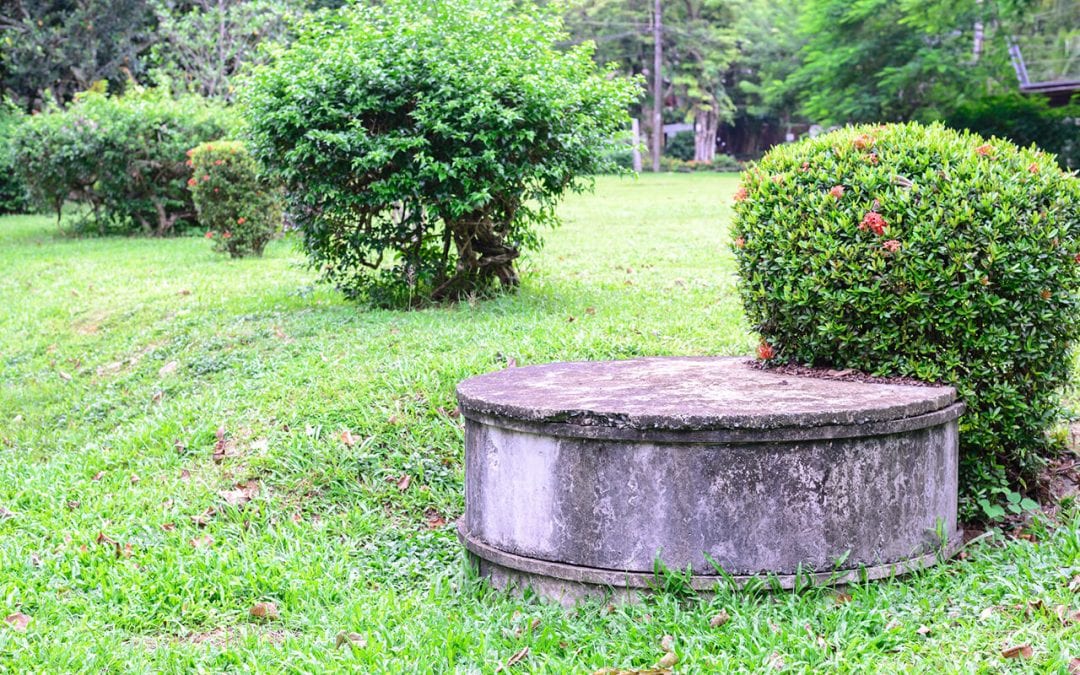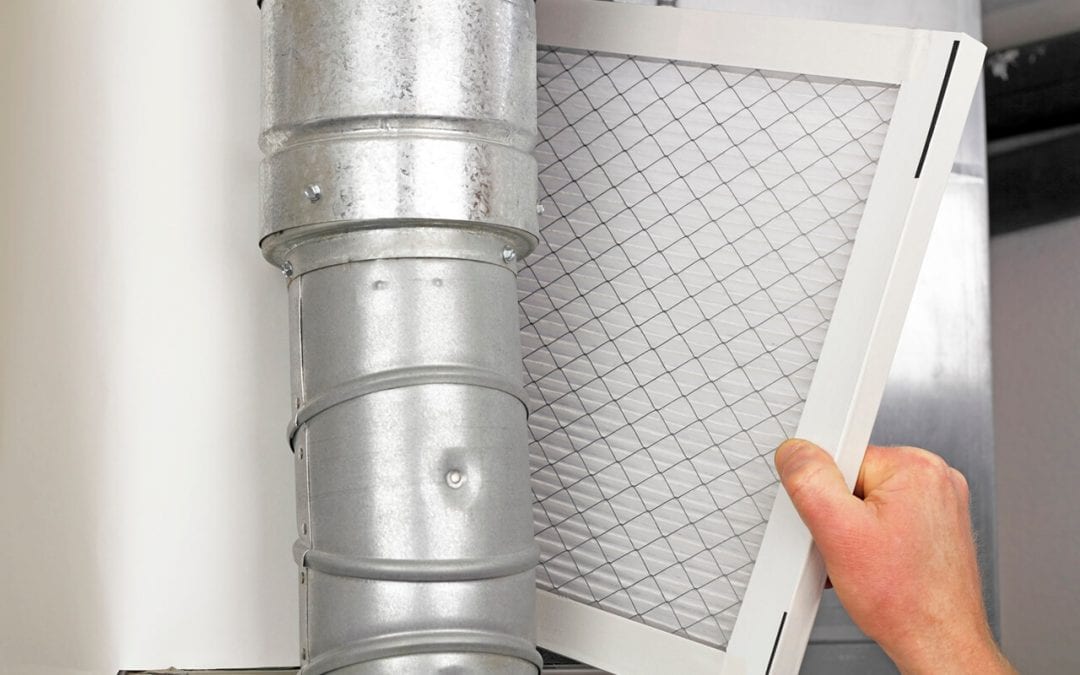
by mwonfor | May 18, 2020 | Community, Home Maintenance, Homeowners
You’re likely to sell your home more quickly and for a higher price when the exterior impresses potential buyers. Here are 8 tips that will help you improve curb appeal.
Wash the House
It’s possible to add profit by simply cleaning the exterior of your home. Get rid of the dust, dirt, and grime on a vinyl, wood, stucco, metal, or brick exterior with a pressure washer. It’s best to hire a pressure washing company if you are inexperienced with using this machine so that you don’t damage your property.
Improve Curb Appeal by Fixing Your Roof
The rest of the home’s exterior may look great, but if the roof is failing, it will bring down the curb appeal of the house. This is especially true if all of your neighbors have newer roofs that are in good condition. Repair the roof, if needed. If your roof is technically sound but dirty, then get it professionally cleaned. Removing moss, algae, lichens, and dirt will make any roof look better.
Get Rid Of All Clutter
Move garbage and recycling bins to the backyard or the garage. Get rid of old, dirty, or broken lawn decor and furniture that is bringing down the curb appeal of the yard. Tidy up toys and bikes that may be laying around the yard, and stash them in a shed or garage.
Paint Your Home to Improve Curb Appeal
Sometimes washing your home isn’t enough to improve curb appeal. Painting your home with a fresh coat of paint makes the home look much newer. It’s best to use a neutral color that will appeal to most people when selling your home.
Spruce Up The Yard
Add fresh mulch to garden areas. Prune the shrubs and cut the grass to improve curb appeal. Take out old, overgrown bushes and replace them with newer, easy to care for plants. Edge along the driveway and garden beds. Get rid of all the weeds. Add solar garden lights to boost the curb appeal at night.
Fix the Mailbox
A new mailbox can be expensive. Save money by adding a fresh coat of paint to your existing mailbox. Add decorative house numbers to your house while you’re sprucing up the mailbox.
Install a New Fence
Add a decorative or picket fence around the front yard. Buyers will love the look and the extra security a fence provides. Repair any existing fencing issues like broken latches so the fence doesn’t detract from curb appeal.
Make All Needed Repairs
Take a good look at your property after repairing the roof, fixing up the lawn, and replacing the mailbox. Look for anything else that’s taking away from the overall presentation. Do you still see any peeling paint, loose front step bricks, or sagging gutters? Fix all of these problems. Here are other items to pay attention to:
- Cracked driveway or walkway cement
- Crooked shutters
- Cracked windows
Follow these tips to improve curb appeal and sell your home more easily.
American Home Inspection Services provides pre-listing home inspection services to Southeast Michigan. Contact us to schedule an appointment.

by mwonfor | Nov 15, 2019 | Community, Home Inspection, Home Maintenance, Homeowners
Your septic tank is an important component of your home. Taking proper care of it will save you thousands of dollars in repairs or replacement and promote a safe and healthy living environment. Use these 6 tips to maintain your septic tank.
1. Have Your Septic Tank Serviced
Professionals recommend having your septic system inspected yearly. Use a qualified technician to maintain your septic tank and save all service records and inspection reports. The number of people living in your home, the amount of wastewater generated, and the size of the tank determines how often your septic tank should be pumped.
Experts say the average tank should be pumped every three years or more often if yours uses an electrical float switch, pump, or other mechanical pumps. If your septic system is newer, it may have a filter to prevent solids from entering the drain field. If so, the filter should be cleaned or replaced upon servicing.
2. Protect Your Drain Field
The drain field is the part of your septic system that removes contaminants from the liquids that exit the septic tank. Sometimes called the leach field, it is a shallow, covered excavation in the ground. The drain field will flood if it becomes deluged with wastewater or outside liquid, causing a sewage back-up. Maintain your septic tank with regular pumping to protect the drain field. Don’t park vehicles over your drain field and don’t plant trees nearby. The roots can grow into the septic system and cause damage.
3. Watch What Goes Into Your Septic Tank
Most toilet tissue is designed to break down and dissolve inside the septic tank. Don’t flush items like feminine hygiene products, diapers, paper towels, cigarette butts, cat litter, or dental floss down the toilet. In the kitchen, don’t put coffee grounds or grease into the garbage disposal. In fact, if you have a standalone septic system, it’s best not to have a garbage disposal. Drain openers and other chemicals can damage the septic tank, so choose safer, non-toxic solutions instead.
4. Use Water Wisely
Conserving water helps maintain your septic tank. Avoid excessive washing machine and dishwasher use, running toilets, and leaky faucets. When it’s time to replace appliances, toilets, and showerheads, replace them with energy-efficient models if you don’t already have them. Conserving water will help keep your drain field from flooding and you’ll also save money on your utility bills.
5. Use High-Water Pressure Jetting
Regardless of regular pumping, all septic systems will accumulate solids in the drainpipe that can clog connecting pipes to the drain field. Maintain your septic tank by high-pressure water jetting the drain lines about every five years. This will clear away solids and other debris that could affect efficient operation.
6. Use a Bacteria Additive
Another way to maintain your septic tank is by using a bacteria additive. Organic bacteria will break down unnatural substances such as soaps and detergents that enter your tank. These common household products kill the naturally occurring bacteria that keep your system functioning properly. Bacteria additives are inexpensive and can help keep pipes clean and odor-free.
American Home Inspection Services provides septic inspections and other inspection services to Southeast Michigan. Contact us to schedule your yearly septic inspection.

by mwonfor | Oct 16, 2019 | Community, Home Maintenance, Homeowners
Vacation is an escape from everyday life to get some rest and relaxation. Make sure your vacation is the stress-free adventure that you’ve planned by preparing your home before you leave. The following steps to improve home security will help you to enjoy yourself on vacation knowing that your home is protected.
Home Security While on Vacation: What You Should Know
You’re excited about going on vacation and want everyone to know. However, sharing the news on social media is not the best idea. Never divulge information about your trip such as the destination or the dates of your departure and return. Wait until you’re back home to share pictures and details on social media.
Don’t let your home look empty while you’re away. Stop newspaper and mail delivery until you return. You can also ask a friend to stop by and collect your mail so it won’t pile up. Leave a light or two on in the house. Put lamps and your television on timers to create the illusion that someone is home. Install motion-detecting lights to illuminate the yard or back deck.
So that your home looks occupied, keep your regular appointments with the landscaper and other maintenance services. For an extended vacation, hire a company to handle the chores while you’re away.
An Alarm System Increases Home Security While on Vacation
More than 2.5 million burglaries occur in the U.S. each year. Approximately 66% of these are home burglaries. July and August are the most common times for burglaries to occur since they’re popular for family vacations.
Home alarm systems are affordable and protect you when you’re home or out-of-town. Not only does a monitored alarm system reduce the risk that a burglar will break into your home, but it notifies you and the police department that something is wrong. With an alarm system in place, you enjoy peace of mind and superior protection.
Protect Your Home While You are Away
Give the house a quick inspection before you leave to make certain all of your doors and windows are locked. Taking steps to improve home security requires only a small amount of effort so that you’re prepared for your time away.
American Home Inspection Services offers home inspections in southeast Michigan. Contact us to schedule our services.

by mwonfor | Aug 19, 2019 | Community, Home Maintenance, Homeowners
Your home is healthier when you maintain a clean environment. There are several different factors that impact air quality indoors. Pollen, dust, pet dander, mold, and chemicals in the air worsen air quality. Poor indoor air is linked to allergies, fatigue, and asthma. Take these steps to improve indoor air quality in your home.
How to Improve the Indoor Air Quality of Your Home
Clean air reduces allergies, headaches, and fatigue. If you are experiencing these symptoms, make these simple improvements.
Regular Cleaning to Improve Indoor Air
One of the main causes of poor air quality is dust, so it’s important to keep the whole home clean. Sweeping, mopping, and vacuuming on a regular basis will reduce the number of pollutants in your indoor air. Regularly launder bedding and drapes and dust your home weekly.
Change Your Filters for Better Air Quality
If your HVAC system uses forced air to heat or cool your home, change the filters on a regular basis to improve air quality. Filters collect dust and other particles, but they eventually get clogged and reduce the efficiency of your system.
Purchase an Air Purifier
An air purifier in your home is an easy way to reduce allergens in the air. While a purifier may not remove all irritants, it will reduce the level of pollutants in the air.
Improve Indoor Air Quality by Opening Windows
Open your windows for at least 15 minutes a day so fresh air can circulate through your house to improve your air quality. When cooking or showering, use exhaust fans to lower humidity and remove contaminants from your home.
Choose Purifying Plants
Houseplants improve indoor air quality by removing pollutants from the air. Add air-purifying plants to your home environment.
Good air quality in your home is essential for your family’s health. Improve indoor air quality and you will begin to notice a difference in how you feel.
American Home Inspection Services offers home inspection services to Southeast Michigan. If you’re buying or selling a property, contact us to schedule a home inspection.

by mwonfor | Jul 19, 2019 | Community, Home Maintenance, Homeowners
From the moment a tree is selected for your home, care and maintenance begin. How you care for trees at home will affect their growth and health, especially in their early years. In fact, tree maintenance over the first few years affects the tree’s strength, shape, and lifespan. Follow these tips to ensure your tree gets a good start for a strong, healthy life.
Choosing Trees and Placement
When adding new trees, there are a few things to consider. First, you’ll want to have a clear idea of the tree’s purpose. Is it meant to provide aesthetics, shade, privacy, or serve as a windbreak?
Next, you should understand the limitations of the planting site. Know your hardiness zone. Estimate the maximum spread and height for a tree within the available space. Know the soil conditions and sun exposure. Get started with tree maintenance at home by putting careful thought into your choice of tree and its placement on your property.
Choose Healthy Trees to Get Started With Tree Maintenance
Because trees are transported in different ways, it is important to know what to look for with each variety. Grow trees at home more easily when they start out healthy and thriving.
- With bare-root seedlings, look for roots that are fibrous and moist. Seedlings for deciduous trees should have roots that are roughly equal to the length of the stem.
- Trees with roots that are wrapped in burlap should have a root ball that is firm to the touch, particularly near the trunk. Ensure the root ball is of sufficient size for the size of the tree.
- For container-grown trees, pruned roots should be cleanly cut, with none wider than the width of a finger. There should be no large, circling roots in the container. The soil and roots in the container should be tightly joined.
- When purchasing a mature tree, look for bark that is healthy and bright, leader or leaders that are well-developed, lack of mechanical or insect injury, ideal spacing in between the branches, and low branches.
Pruning is Part of Regular Tree Maintenance
Proper pruning is essential for a healthy tree. The correct time of year to prune depends on the reason for pruning. Light pruning can be done any time, as can the removal of dead branches and limbs. Winter pruning is common, resulting in a burst of new growth that is vigorous in the spring. This is best performed in late winter once the coldest days have passed.
To direct the growth of unwanted branches, or to dwarf a tree or branch’s development, pruning should take place in summer shortly after the growth of the season is complete. Defective limbs are easier to see and remove in summer.
Trees heal more slowly in autumn and potentially damaging fungi spread spores profusely at this time, so it’s best to limit pruning to the times outlined above.
Add Mulch Around Your Trees
For newly planted trees, mulch is helpful for soil insulation, water retention, weed prevention, and protection from damaging lawn equipment. Start by removing the grass within a three to ten feet diameter area, depending on the tree’s size. Pour bark pieces or wood chips within the circle at a depth of two to four inches. Do not allow the mulch to touch the tree’s trunk. Mulch is beneficial for new and well-established tree maintenance.
American Home Inspection Services provides home inspections in Southeast Michigan. Contact us to schedule an appointment for our services.

by mwonfor | Jun 20, 2019 | Community, Home Maintenance, Homeowners
Bringing home a new baby means you’ll need to make some changes at home. While your newborn can’t get into any trouble just yet, he or she will be mobile before you know it. Babyproof your home as soon as possible with these tips.
Babyproofing Your Home for Bathtime
To keep newborns safe at bathtime, a contoured baby bathtub is a good investment. Check the temperature on your water heater. For safety, the water heater should be set no higher than 120 degrees Fahrenheit. Babies and toddlers should never be left in the bathtub alone.
Secure the Furniture to Babyproof Your Home
Before too long, your newborn will be an infant pulling up on furniture. Start babyproofing your home now with an anchoring kit or furniture safety straps to fasten wardrobes, dressers, and bookcases to a stud in the wall. Cover sharp furniture corners with padded corner protectors.
Be Careful with Televisions in Your Home
Televisions should be placed where they can’t fall on a child. Mount a flat-screen TV securely to the wall or keep your TV in a cabinet with doors that close that is anchored to the wall.
Store Toys Safely
When babyproofing, take a look at your toy storage. Your child’s toy box shouldn’t have a hinged lid. The hinges can pinch small fingers and the lid can slam shut and cause injury. Boxes with completely removable lids or baskets on a low shelf are the best options.
Babyproof Your Home: Electrical Safety
Covering electrical outlets is an important step in babyproofing your home. Many children figure out how to remove the covers that simply push into the outlet. Fortunately, several styles of outlet covers are on the market.
The box style cover is useful because you can still plug things into the outlet. Starting in 2008, the electrical code required tamper resistant outlets for new homes and renovations. These outlets don’t need covers because the openings have a spring-loaded barrier.
Babyproof by Moving or Locking up Chemicals in Your Home
Anything that shouldn’t be ingested should be locked up or moved out of the child’s reach. Lock under-sink cabinets filled with household cleaners and store all of your medications out of reach.
Do a Knee-Level Inspection for Other Areas to Babyproof
Get down on your knees and look for hazardous conditions to find out if babyproofing your home has been successful. If you find additional concerns, look for ways to make the area safer.
American Home Inspection Services offers home inspection services to Southeast Michigan. Contact us to request an appointment.






